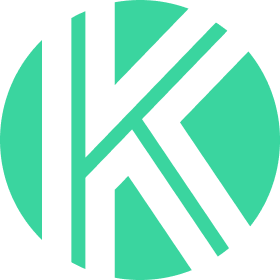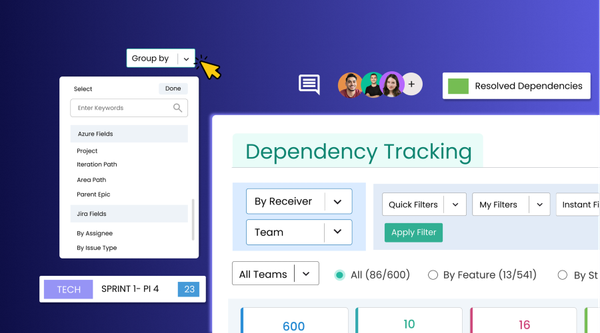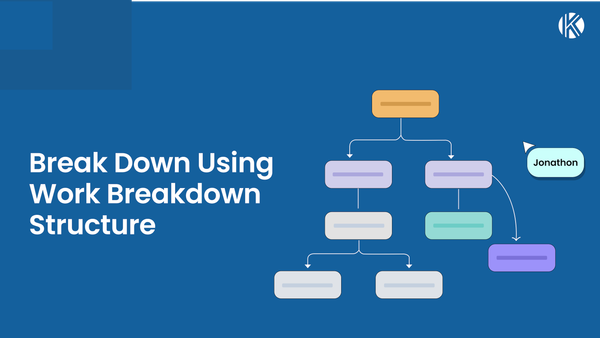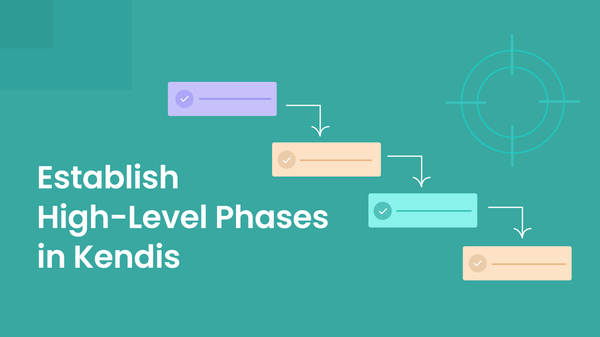Top 5 Alternatives to Microsoft Viva Goals in 2025
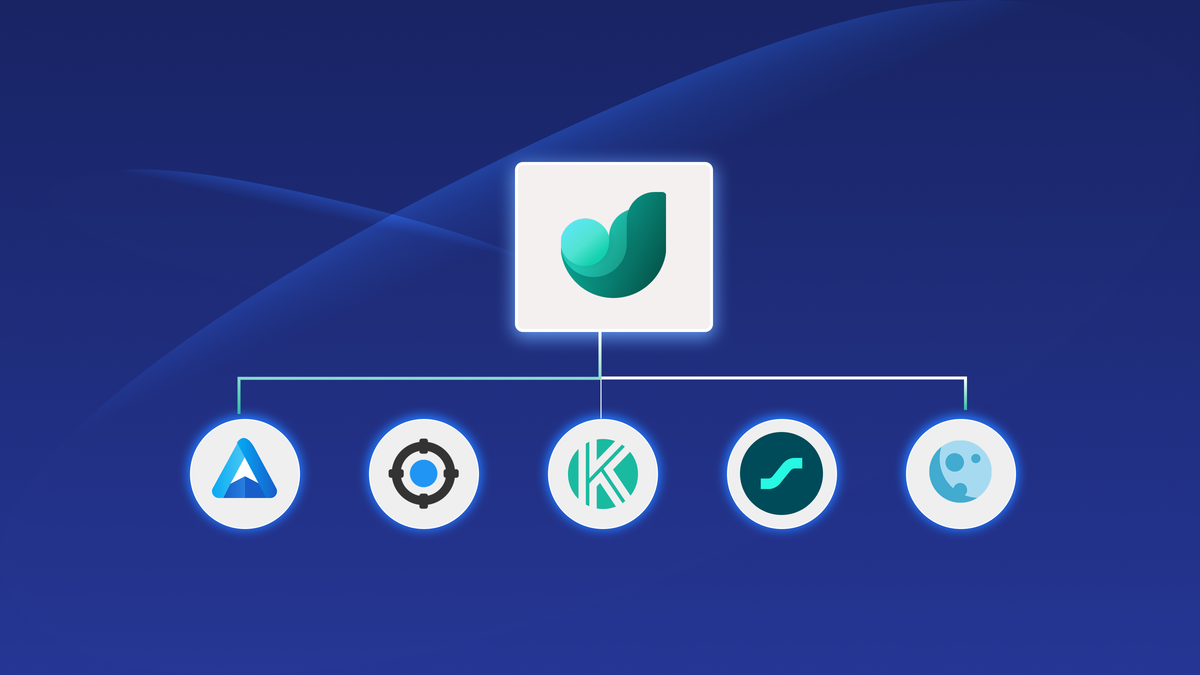
The Best Platforms to Continue and Strengthen Your OKR Practice
When Microsoft announced that Viva Goals will be retired in December 2025, many organizations found themselves facing a critical question: Where will our OKRs live next?
Viva Goals played an important role in helping teams align around measurable objectives. Its deep integration with the Microsoft 365 ecosystem made it a natural choice for organizations already using Teams, Power BI, or Azure AD.
But with the service reaching its end of life, organizations must now choose a successor that not only preserves their OKR data — but enhances how they manage strategy and execution.
This article compares the five leading alternatives to Viva Goals for 2025 — each offering different strengths depending on your size, structure, and strategic maturity.
What to Look For in a Viva Goals Alternative
Before reviewing specific tools, it helps to clarify what really matters in this transition. The best alternative should do more than store goals — it should enable continuity, alignment, and measurable outcomes.
1. Kendis
Best for: Organizations ready to connect strategy with execution.
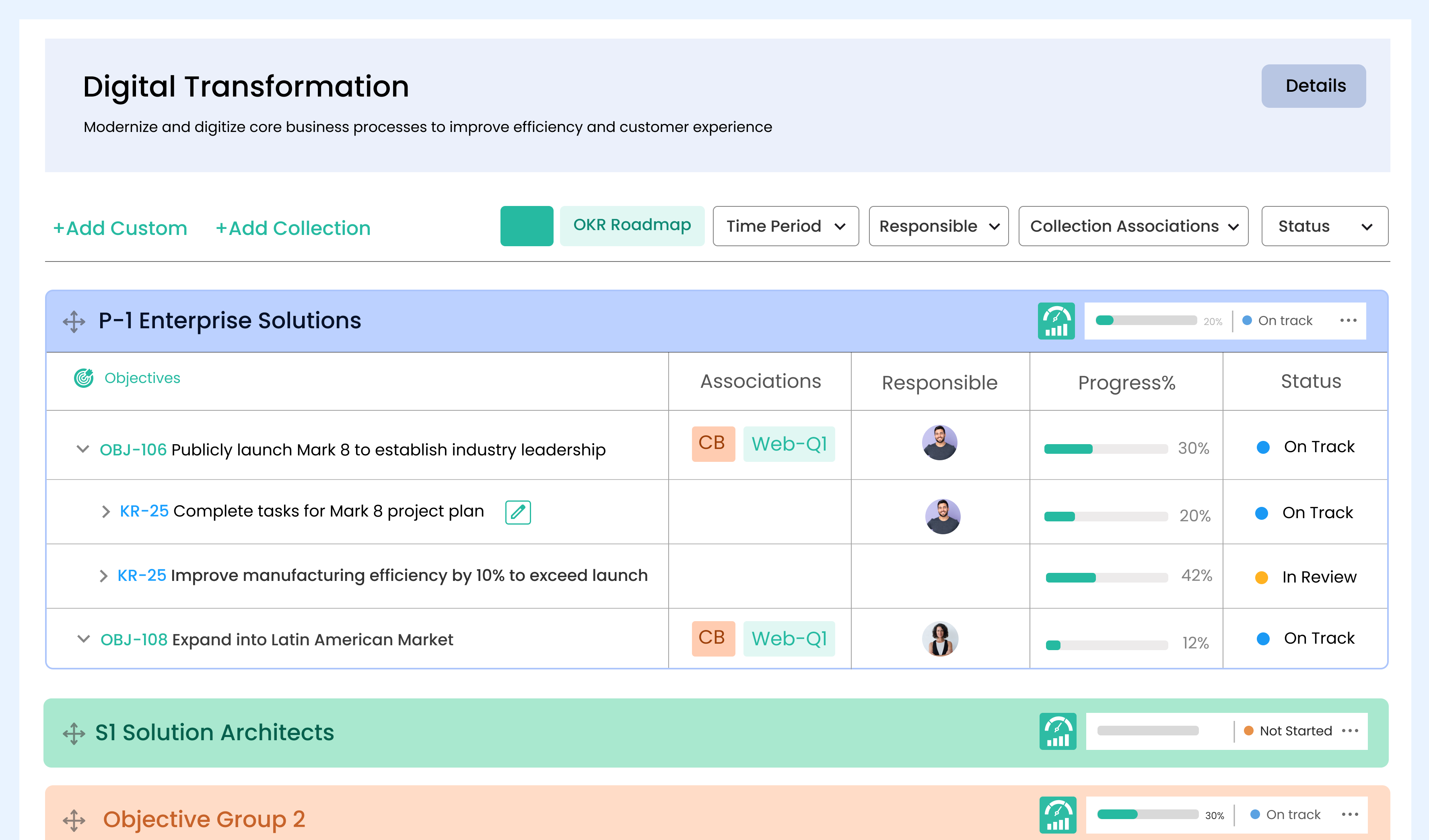
Kendis offers everything Viva Goals users expect from an OKR platform — plus a major upgrade: a unified view that connects strategic objectives with actual delivery work. Rather than treating OKRs as static scorecards, Kendis embeds them directly into roadmaps, dependencies, and agile planning.
Migration Path: Transitioning from Viva Goals to Kendis is guided and straightforward:
- Export objectives, key results, and owners from Viva Goals.
- Recreate or import them in Kendis using Global OKRs or Organizational Views.
- Map strategic context to Strategic Themes or portfolio roadmaps.
- Connect execution tools like Jira or Azure DevOps to link OKRs with real delivery progress.
Core Capabilities
- Global OKRs: High-level objectives visible across programs and teams.
- Strategic Themes: Long-term outcome tracking beyond quarterly cycles.
- OKR Roadmap: Visual timeline linking OKRs to deliverables.
- Execution Insights: Analytics showing progress from goals down to stories.
- Integrations: Real-time sync with Jira, Azure DevOps, GitLab, and others.
Pros
- Preserves existing OKR logic while expanding visibility to delivery.
- Enables portfolio-level reporting and dependency management.
- Designed for enterprises practicing scaled agile or SAFe.
- Provides continuity for Viva Goals data with deeper insight into outcomes.
Cons
- Broader scope may require short onboarding for new users.
Ideal For: Enterprises and programs that want to evolve from OKR tracking to strategy execution.
2. Quantive Results
Best for: Large enterprises seeking data continuity and advanced analytics.
Quantive Results (formerly Gtmhub) has positioned itself as a direct successor to Viva Goals. The platform focuses on enterprise-grade OKR management with deep analytics and a strong Microsoft partnership.
Key Capabilities
- Automated migration support for Viva Goals data structures.
- Advanced reporting and KPI dashboards.
- Integrations with Microsoft Teams, Power BI, and Azure AD.
- Governance and role-based access for large organizations.
Pro
- Powerful data model and visual analytics.
- Excellent enterprise support and documentation.Flexible OKR hierarchy and approval workflows.
Cons
- Feature-rich interfaces can feel complex for smaller teams.
- Pricing and implementation suited mainly for enterprise scale.
Ideal For: Organizations with mature OKR processes and strong reliance on Microsoft’s enterprise ecosystem.
Introduction to Kendis ORG Views
3. Perdoo
Best for: Mid-sized organizations that value simplicity and clarity.
Perdoo offers a focused OKR experience built around ease of use. It’s a solid option for teams that want to preserve OKR discipline without overwhelming new users.
Key Capabilities
- Clear visualization of alignment across company, team, and individual OKRs.
- Progress tracking with check-ins and health indicators.
- Integrations with Microsoft Teams and Slack for goal updates.
- Public API and Power BI connector for reporting.
Pros
- Clean, intuitive design that non-technical users adopt quickly.
- Excellent educational resources and OKR coaching.
- Affordable entry-level plans.
Cons
- Limited execution-layer linkage (no direct Jira/Azure DevOps integration).
- Reporting depth below enterprise platforms like Quantive.
Ideal For: Teams that need a lightweight OKR tool with fast adoption and minimal setup.
4. Mooncamp
Best for: Microsoft-first organizations looking for a smooth transition.
Mooncamp has become a popular alternative for Viva Goals customers because of its native Microsoft integrations and straightforward migration process.
Key Capabilities
- Two-way sync with Microsoft Teams, Power BI, and Entra ID.
- Custom OKR templates that mirror Viva Goals structures.
- Free migration support for qualifying organizations.
- Dashboards showing progress, confidence, and owner accountability.
Pros
- Familiar experience for Microsoft users.
- Responsive support team assisting with transition.
- Modern interface and quick onboarding.
Cons
- Not designed for large-scale portfolio or program management.
- Limited integrations outside the Microsoft ecosystem.
Ideal For: Companies staying deeply within the Microsoft 365 environment.
5. Profit.co
Best for: Enterprises that need structure, governance, and KPI management.
Profit.co is one of the more mature OKR platforms, known for balancing strategy management with detailed reporting and compliance capabilities.
Key Capabilities
- Multi-level OKRs with approvals and check-ins.KPI tracking with flexible scoring systems.
- Integrations with Teams, Slack, Jira, and Asana.
- Audit logs, user governance, and custom dashboards.
Pros
- Highly configurable to complex enterprise needs.
- Built-in coaching, templates, and guided onboarding.
- Strong analytics and compliance focus.
Cons
- The interface can feel dense.
- Configuration may require admin support early on.
Ideal For: Large organizations seeking detailed governance around OKRs and KPIs.
Final thoughts
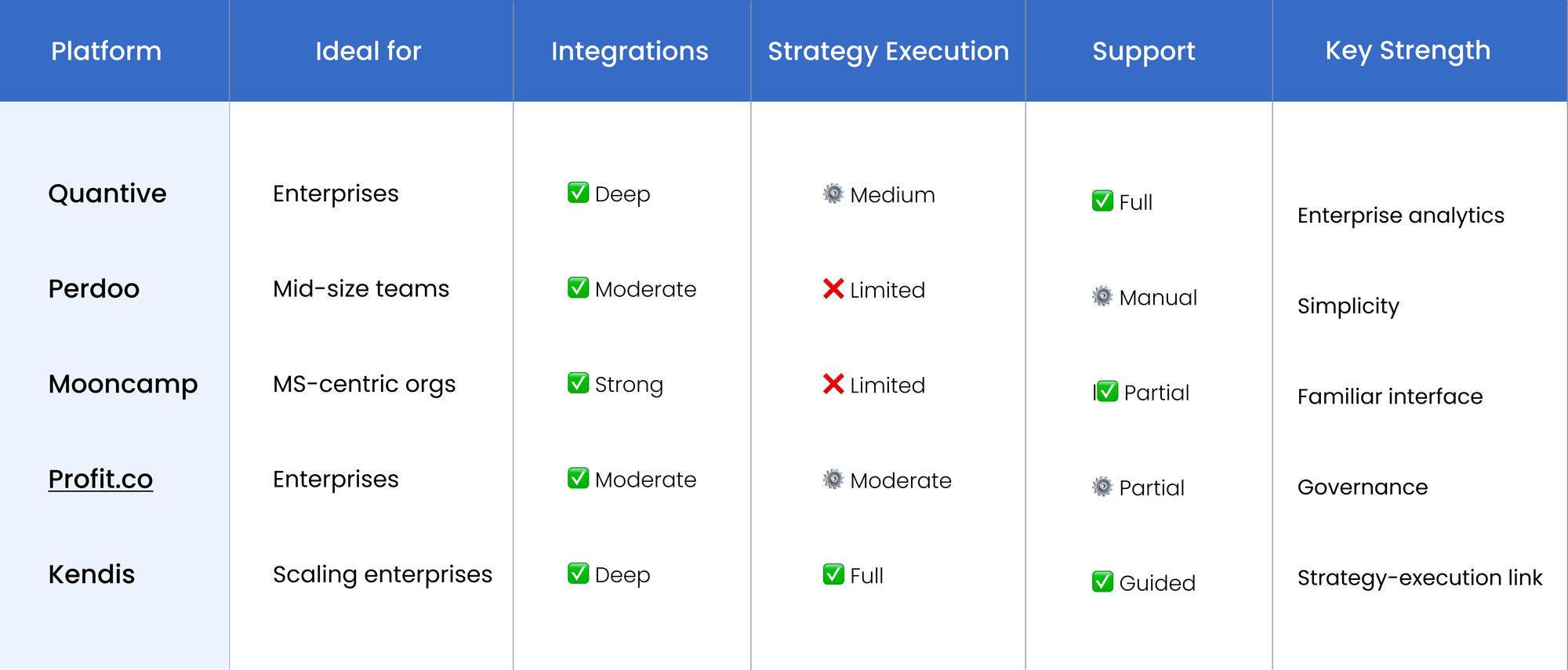
While each Viva Goals alternative offers unique strengths — from enterprise analytics in Quantive Results to the simplicity of Perdoo — the real differentiator lies in how well your OKR tool connects strategy to execution.
If you’re scaling agile delivery, managing multiple teams, or running quarterly planning cycles, you need a platform that doesn’t just track OKRs — it helps realize them.
That’s where Kendis stands out.
It bridges the gap between strategic objectives and real-time execution across Jira, Azure DevOps, and Microsoft Teams. With guided migration from Viva Goals, advanced analytics, and deep cross-team visibility, Kendis makes it easy to keep strategy alive throughout your delivery process.
Ready to move from tracking goals to actually achieving them?
Migrate to Kendis and see how effortless connected strategy execution can be.

